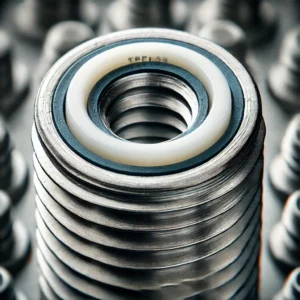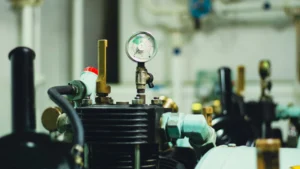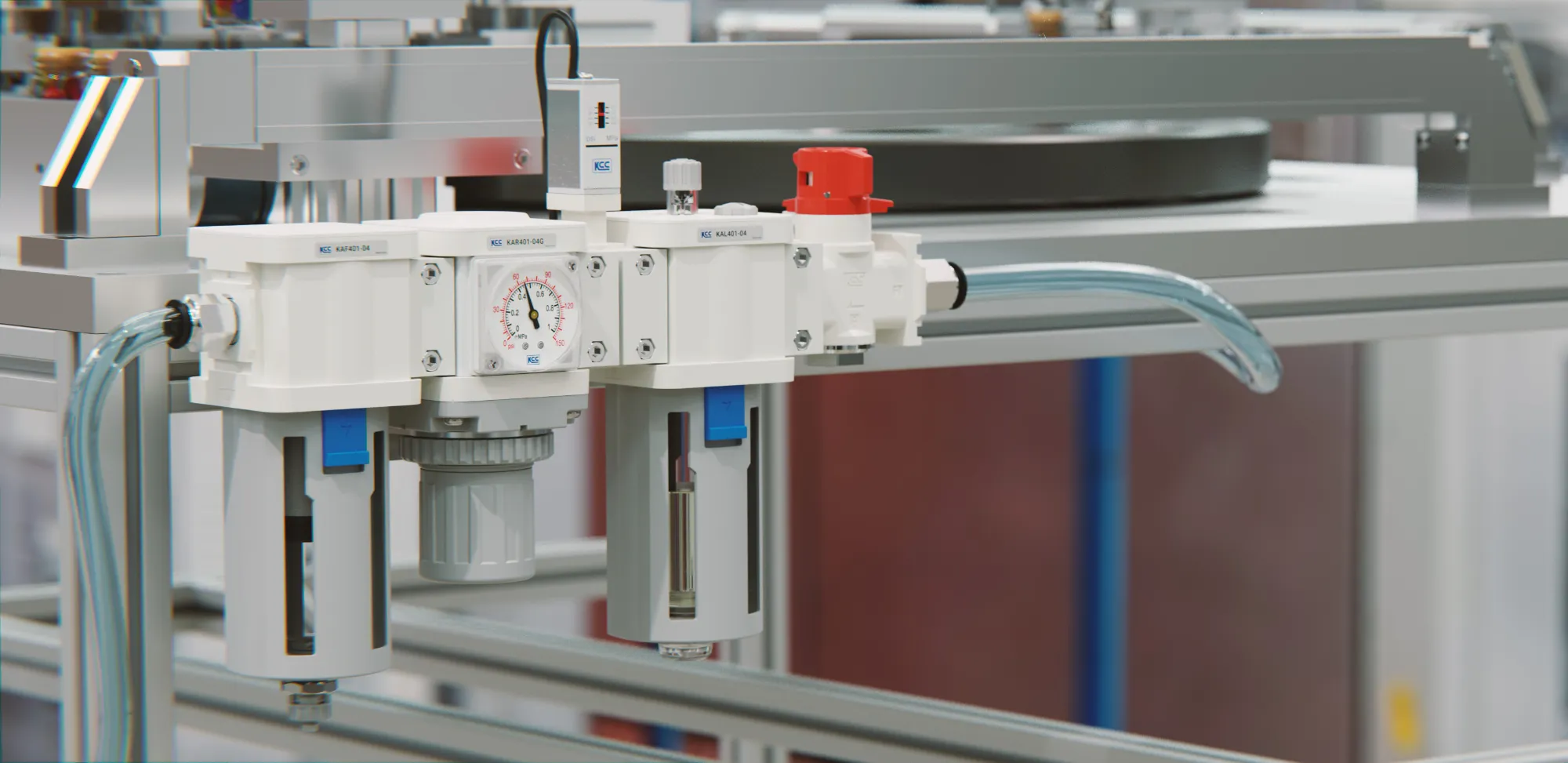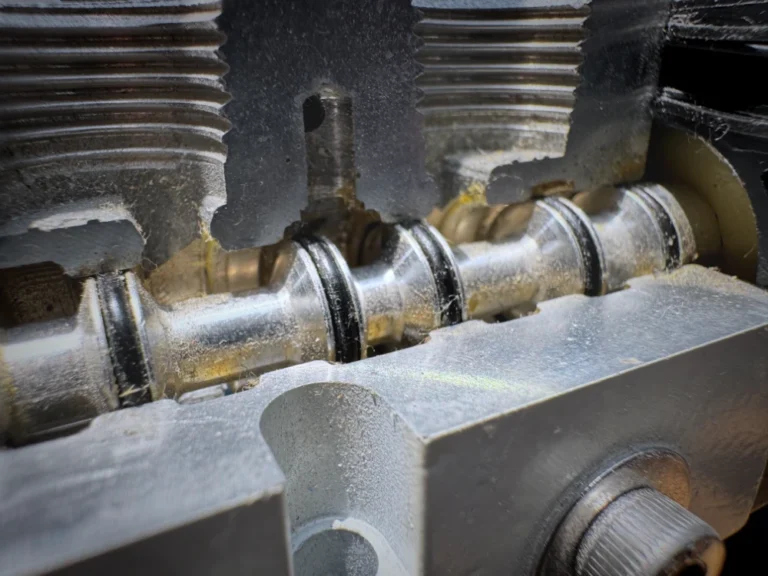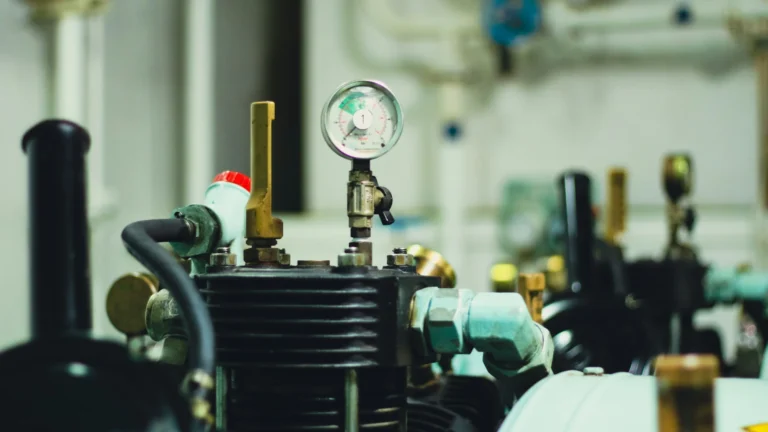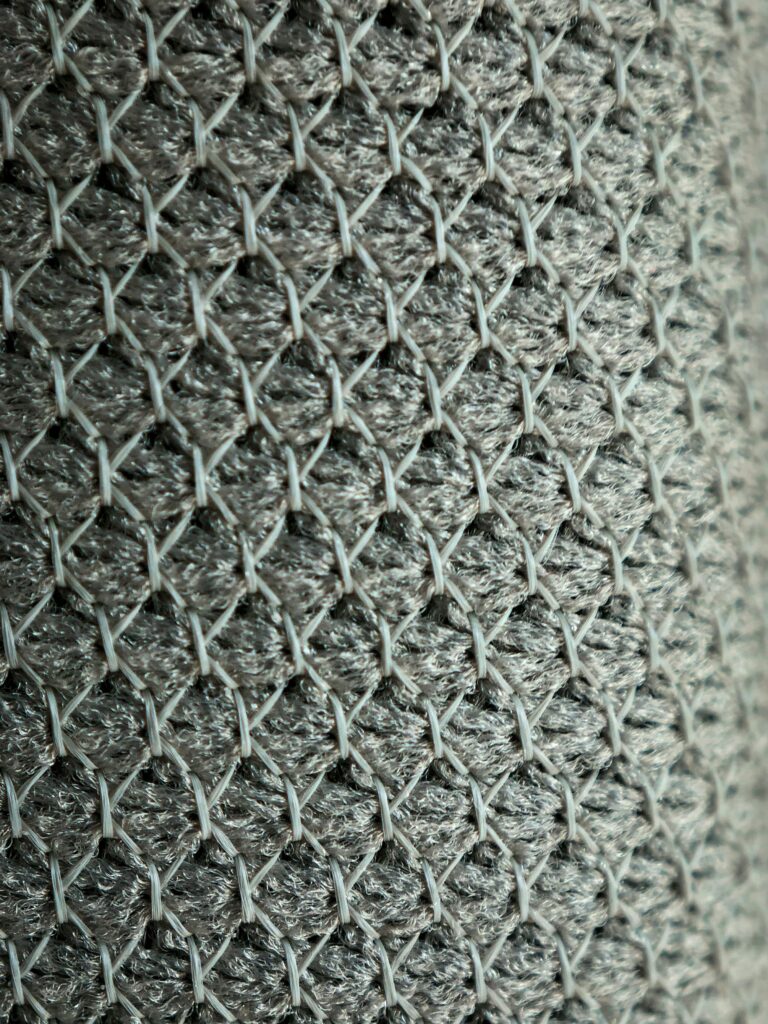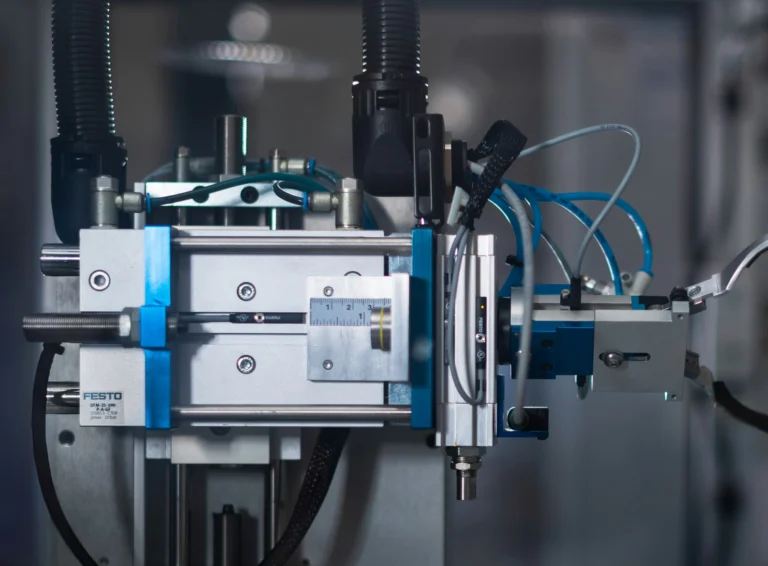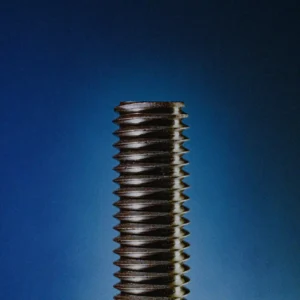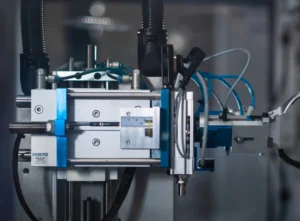To operate a pneumatic system efficiently, selecting the appropriate filters is crucial. Filters remove moisture, water vapor, oil, foreign particles, and odors from the system, thereby extending the lifespan of the equipment and maintaining its performance.
Factors to Consider When Selecting Filters
The names of filters may vary depending on the manufacturer, so rather than choosing based on product names, it’s important to prioritize the size of particles that can be removed and the filter’s functionality. This ensures that the filter chosen meets the specific requirements of the pneumatic system.
Types and Functions of Key Filters
Mainline Filters
- Line Filter: Removes solid foreign particles larger than 1μm.
- Mist Separator: Removes mist particles ranging from 0.1μm to 0.01μm.
- Drain Separator: Removes moisture (99% efficiency).
- Prefilter Micro Mist Separator: Removes particles at 0.1μm and 0.01μm.
- Activated Carbon Micro Mist Separator: Removes odors.
Equipment Line Filters
- Oil-Water Separator: Separates moisture (99% efficiency).
- Modular Air Filter: Removes foreign particles of 5μm.
- Modular Mist Separator: Removes mist and fine particles.
Selection Guide
- If you need to remove solid foreign particles → Choose a Line Filter or Modular Air Filter.
- If you need to remove moisture → Choose a Drain Separator or Oil-Water Separator.
- If you need to remove oil and mist → Choose a Mist Separator.
- If you need to remove odors → Choose an Activated Carbon Micro Mist Separator.
Conclusion
To optimize the performance of a pneumatic system, it’s essential to first identify the size and nature of the particles you want to remove, then select the appropriate filters. Since product names may differ across manufacturers, it’s advisable to carefully review the specifications to apply the most suitable filter.



